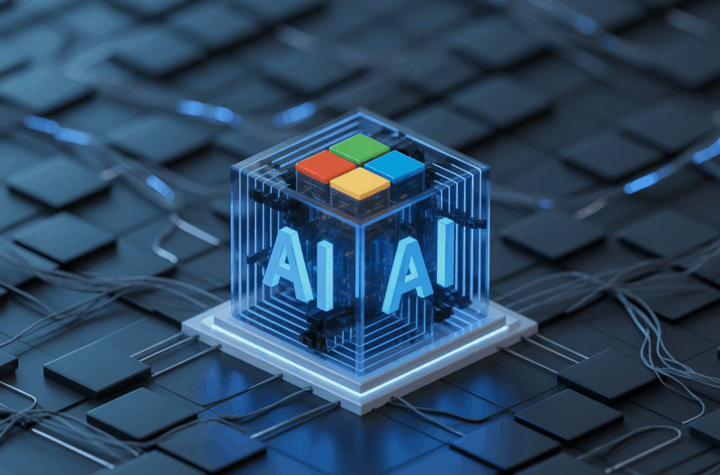
Artificial Intelligence might seem like a futuristic marvel, but at its heart, it’s driven by a mix of data, mathematical formulas, and smart programming. From the suggestions you see on streaming platforms to virtual assistants answering your questions, AI works through a powerful blend of algorithms, data, and learning processes. Let’s unpack how this fascinating technology operates.
Algorithms: The Brains Behind AI
An algorithm is essentially a step-by-step method that tells a computer how to solve a particular problem. Picture it like a recipe: follow the instructions, and you’ll achieve the desired result—in AI’s case, making predictions, recognizing patterns, or solving tasks.
Some common algorithms that drive AI include:
- Decision Trees: These split choices into branches to help make decisions based on specific rules.
- Neural Networks: Inspired by how the human brain functions, these networks analyze complex data by passing information through layers of interconnected “neurons.”
- Support Vector Machines: Helpful for dividing data into categories.
- Clustering Algorithms: These group data points into clusters based on similarities, even if no categories were predefined.
Different problems call for different algorithms. For instance, AI used in image recognition often relies on neural networks because they’re excellent at identifying patterns in visuals.
Data: The Essential Fuel for AI
If algorithms are recipes, then data is the key ingredient. Without large amounts of data, AI simply can’t learn or operate effectively. Data can come in many forms:
- Text, like emails, articles, or social media updates
- Images, such as photographs or medical scans
- Audio, including speech or music
- Numbers, like spreadsheets or financial data
AI systems process all this data to discover connections and trends. For example, music streaming services analyze what songs you listen to, skip, or replay to recommend new tracks you’ll likely enjoy.
Quality and quantity both matter: the better and more diverse the data, the more accurate the AI’s outputs. Poor data can lead to errors, making data ethics and privacy crucial considerations in modern AI development.
How AI Learns: The Training Process
Machine learning is a branch of AI that enables systems to improve automatically through experience instead of relying purely on fixed rules. Here’s how the process usually unfolds:
1. Training the Model
Developers feed large amounts of labeled data into an algorithm. For example, to teach an AI how to identify cats, they’ll show it thousands of photos tagged as either “cat” or “not cat.”
2. Finding Patterns
The AI analyzes this data, adjusting its internal calculations until it can reliably spot patterns or make accurate predictions. In neural networks, this involves fine-tuning numerous mathematical weights between neurons.
3. Making Predictions
Once trained, the AI can assess new data it hasn’t seen before and produce predictions or decisions. For instance, your email’s spam filter uses what it learned to sort new messages.
4. Ongoing Improvement
Some AI systems continue learning from new information, gradually refining their predictions. That’s why apps often become more accurate or personalized the longer you use them.
Different Types of Machine Learning
There are several approaches AI uses to learn, including:
- Supervised Learning: Learns from labeled data, like classifying emails as spam or not.
- Unsupervised Learning: Finds patterns in unlabeled data, such as grouping customers based on buying behavior.
- Reinforcement Learning: Learns through trial and error, receiving rewards for successful actions—often used in robotics or game-playing AIs.
Bringing It All Together
Whether you’re talking to a virtual assistant, browsing a recommended playlist, or using translation tools, you’re interacting with systems built on:
✅ Algorithms that know how to process and analyze data
✅ Vast datasets that teach AI what to recognize and predict
✅ Learning techniques that enable AI to evolve and improve over time
Although the inner workings of AI can get quite technical, the big picture is simple: AI learns from data and uses what it learns to help people work faster, make better decisions, and even unleash new forms of creativity.
The Road Ahead
Artificial Intelligence continues to advance, but it’s no sorcery—it’s all about data, algorithms, and learning working hand in hand. Understanding how AI functions helps us navigate the increasingly digital world and make wise choices about how to embrace this powerful technology.
Stay connected with our blog for deeper insights into AI, how it’s applied across industries, and how it’s shaping the world of tomorrow!






More Stories
AI Meets Quantum Computing: Unlocking New Frontiers
How Open-Source AI Is Gaining Momentum
AI Startups and Giants Making Waves This Year